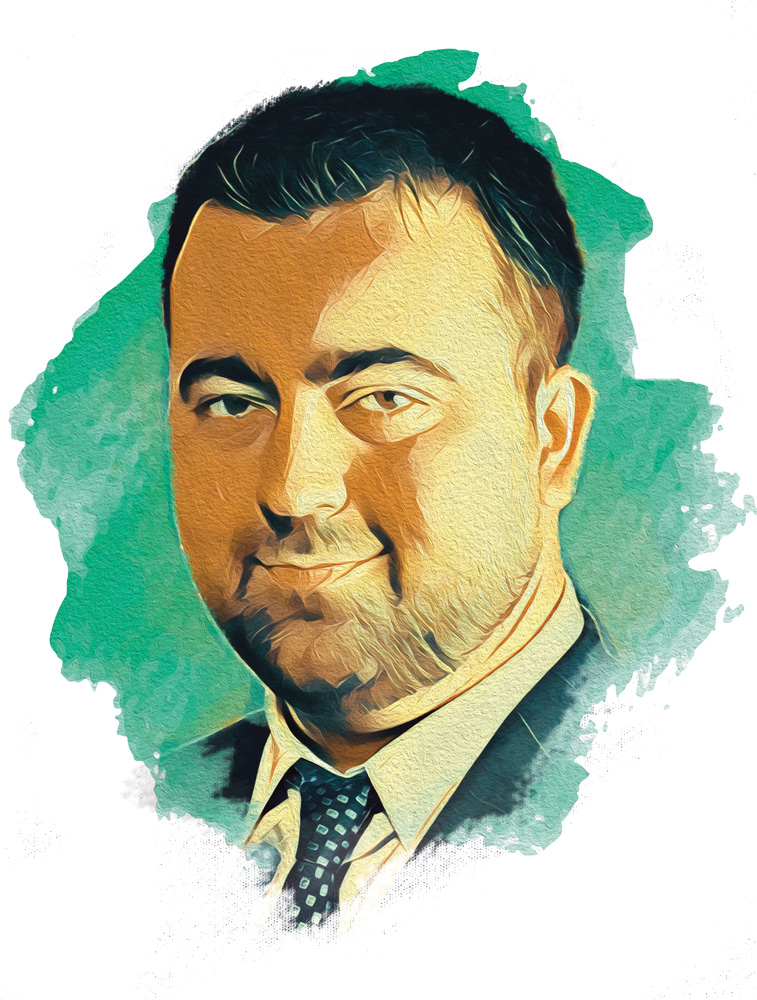In so far as Romania had a clearly identifiable national dream over the past 30 or so years, it involved converging with a concept of the West, roughly defined as high-living standards and a functional state in a more or less socially liberal environment. It sustained Romanians through the inflation of the 1990s, it gave people hope during the 2000s’ lost jobs and lost savings and it kept some from emigrating during the 2010s.
Furthermore, the internalized hagiography of the misnomer of ‘Western’ economics and ‘Western’ culture gave what were often disparate, at times forced, reforms and economic planning a sense of almost Hegelian direction. From that sprang acceptance of what has been a high degree of incongruence in an otherwise almost effervescent parliamentary democracy. For example, the famous revolving door of the Romanian Education Ministry’s 24 ministers since 1989 has been only marginally less transitional than the United Kingdom’s own 22 Secretaries of Education in the same time frame, without what Walter Bagehot may have called ‘the cohesive sects of party’. In other words, these notions helped transport Romania forward with a sense of destination and finality without the turbulence of Latin America’s caudillos or some of South Asia’s kleptocratic saviors.
There was however one major problem underlying it all: a sense of direction need not imply direction, or the right direction.
Path Dependence
In fact, most of the time the Romanian economy and Romanian society simply went to the point of least resistance. That point of least resistance did involve market reforms, privatizations, joining NATO and European Union integration but they were performed with limited planning, sustainability or the tactical awareness to minimize costs and maximize benefits, in no small part because these were seen as marks on the road as opposed to what they really were: choices (even if the best ones for the country!), with pros, cons and best practices.
Quite simply, incomes and economic growth are not path independent variables.
In fact it matters a lot if those market reforms are coupled with foreign direct investment, technology transfers and value-add clusters: just to provide a recent example, China might have started in the processing trade but it is now one of the main global centers of R&D. It matters if rising incomes come from productivity-focused, job-creating intensive growth and are widely distributed or simply consumer spending focused on a urban, well-off minority: for example, the rich of Nigeria aren’t that much worse off financially than the rich of the South Korea but it hardly helps the country as a whole that much. It matters if integration into international structures is a launch pad to technology acquisition and growing international diplomatic relations or a box-ticking exercise from a political class that little else to show: Romania’s exports as a percentage of GDP stood at 25.6% upon WTO entry in 1995 and 22% in 2001 when China turned joining the WTO in an economy-transforming exercise.
The degree of path dependence is starting to show: growing incomes based on consumer spending also meant significant underinvestment in human capital and gross capital formation. As wage differentials with Western Europe dwindle, productivity doesn’t actually match what would be needed for further increases, leaving an ageing population with a propensity to consume of over 95%, a growing budget deficit, a limited technological know-how and few natural well-springs for growth.
Out of Check
That leaves the Romanian economy in check.
With government debt only marginally above junk level and a growing budget deficit, there is little room for maneuver while the long-term is obvious enough in the context of an ageing population and underfunded pension liabilities, rising healthcare costs and continued emigration.
It’s not too late to change direction and assume control of one’s own future. Specifically, the CEE region as a whole has the opportunity to capitalize on political factors such as trade tensions between the European Union and China as well as the conflict in Ukraine.
The first means that Chinese FDI in CEE might become a necessity, with the recent opening of BYD factory in Hungary just the beginning of a wider investment push from China in friendly CEE countries. This is an opportunity for Romania to capture some of the increased FDI across CEE, obviously by taking into account its strategic interests and in clear coordination with the US.
The second has to do with West European industry’s growing defenestration when it comes to energy prices, decades of underinvestment in infrastructure and increasing regulation, with the possible closing of a VW factory in Germany being just the tip of the iceberg. CEE and Romania could offer a safe harbor to industry looking to relocate. Furthermore, when old production methods are ineffective, it is often cheaper to re-build than to upgrade. That means that a German CEO might be looking at similar costs between building new in CEE and upgrading German factories when it comes to things such as EV cars.
In other words, it’s time for the Romanian economy, business and society as a whole to admit that its sense of direction may not deliver the envisioned prosperity. As committed members of the EU and NATO, we have to think more about how to strengthen our economy and build a more robust economic profile. It is perhaps time to embrace multilateral economic internationalism, develop friendships with all available actors and actively seek out every opportunity for advancement, whether it means United States investment, Chinese investment, ASEAN markets or German restructuring.
Source link : http://www.bing.com/news/apiclick.aspx?ref=FexRss&aid=&tid=66f97c834065480eb3dcbe738423e1ff&url=https%3A%2F%2Fwww.forbes.ro%2Fglobal-romania-business-diversification-options-410429&c=835439049392272506&mkt=de-de
Author :
Publish date : 2024-09-27 00:35:00
Copyright for syndicated content belongs to the linked Source.
